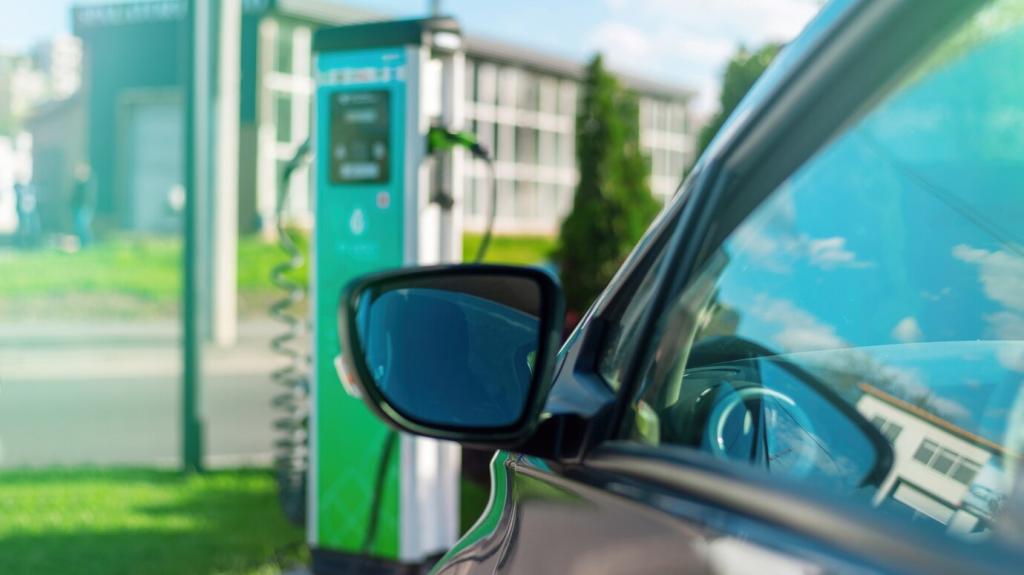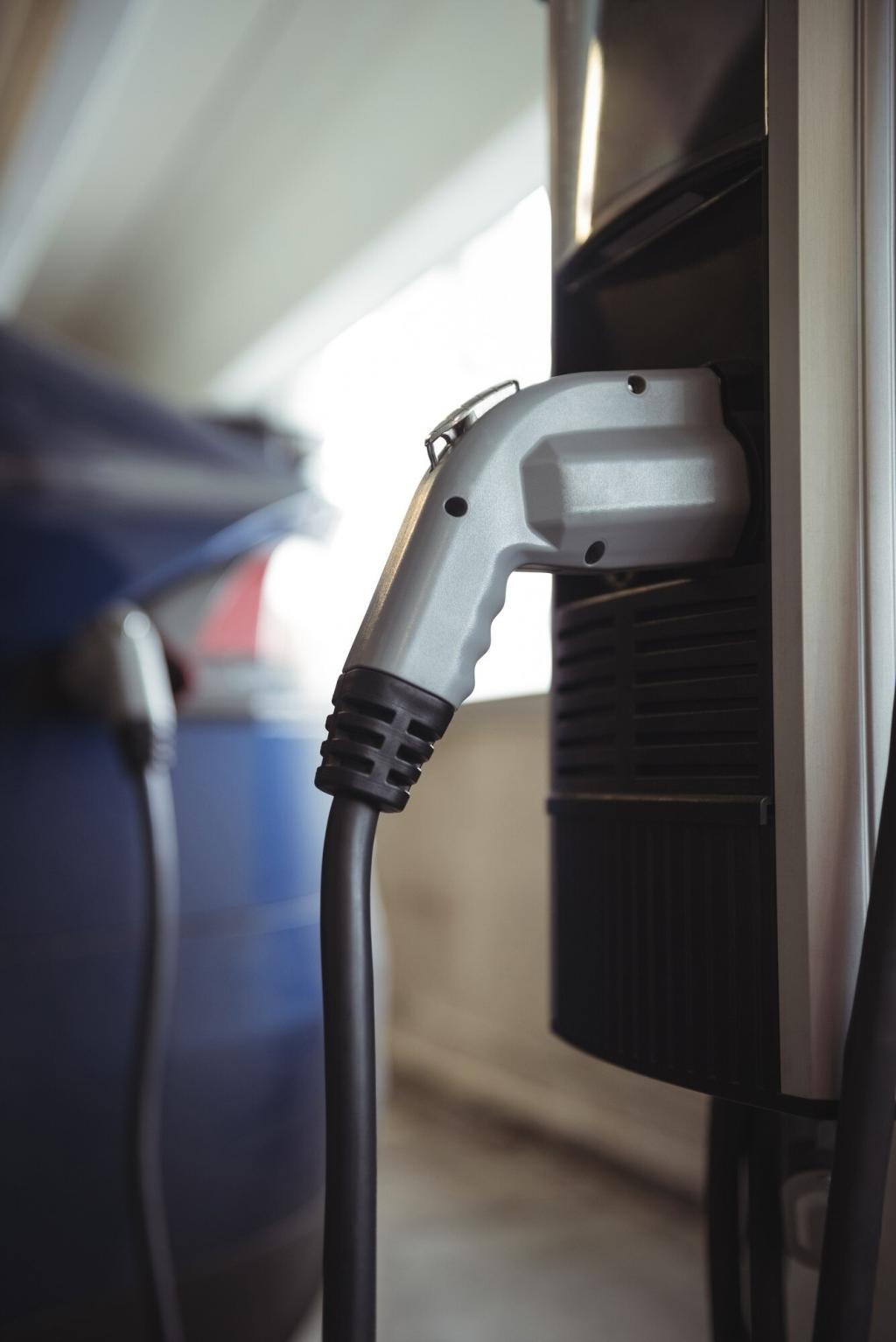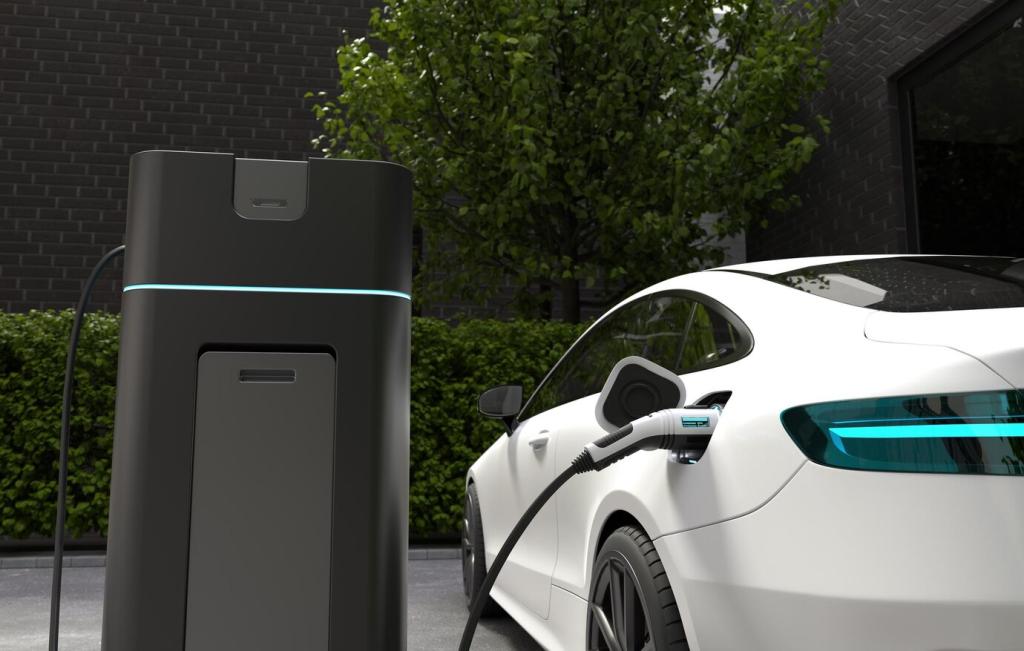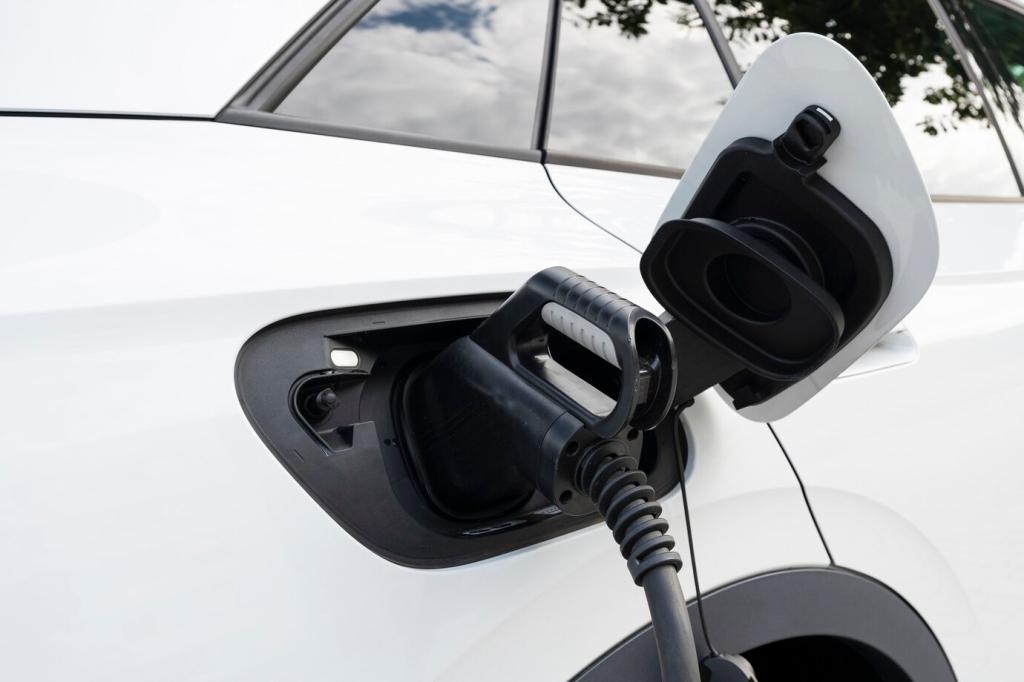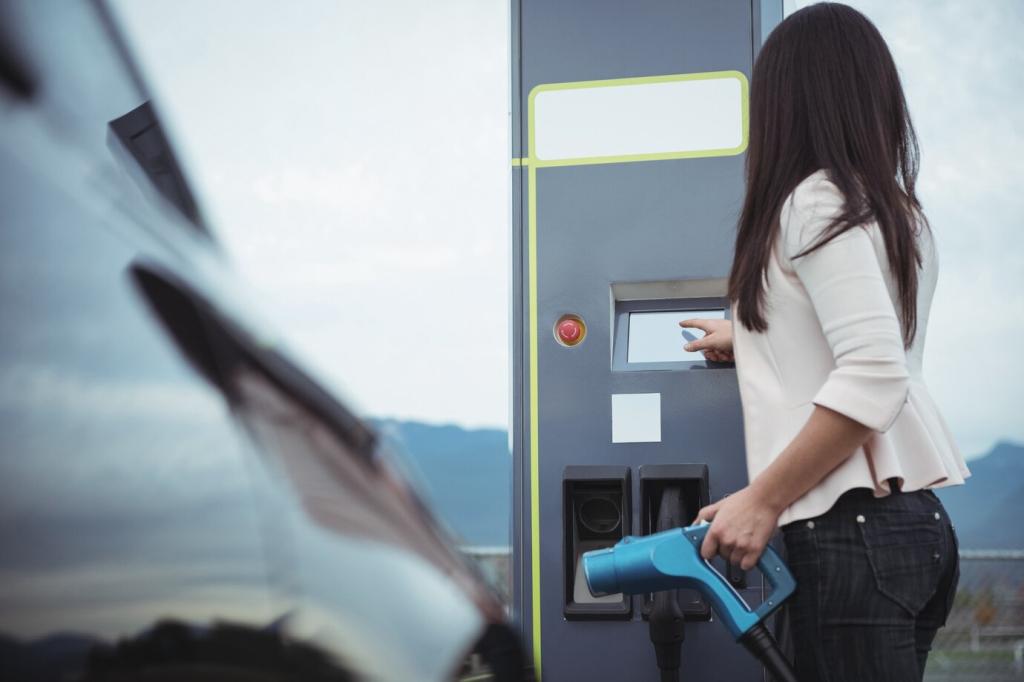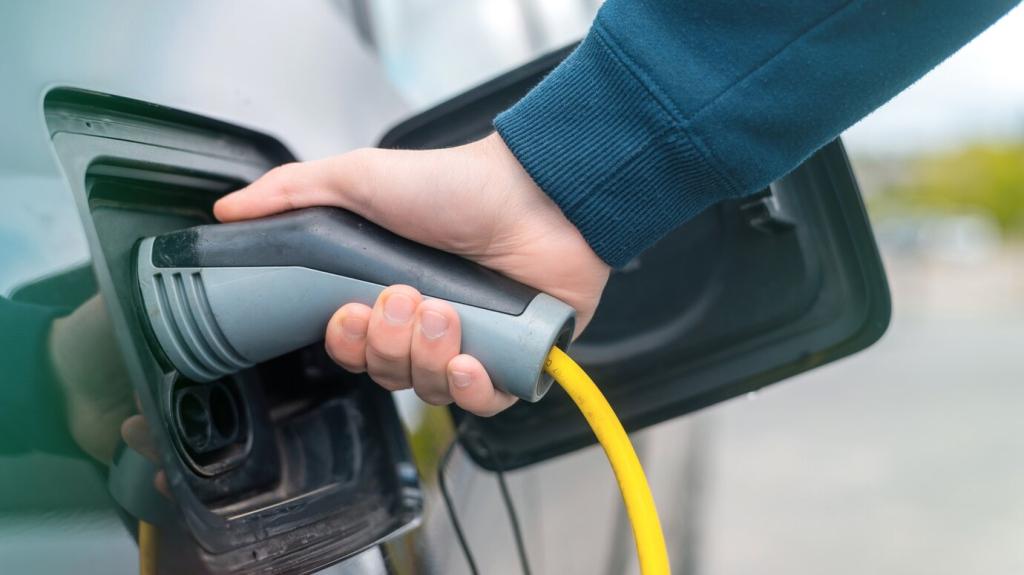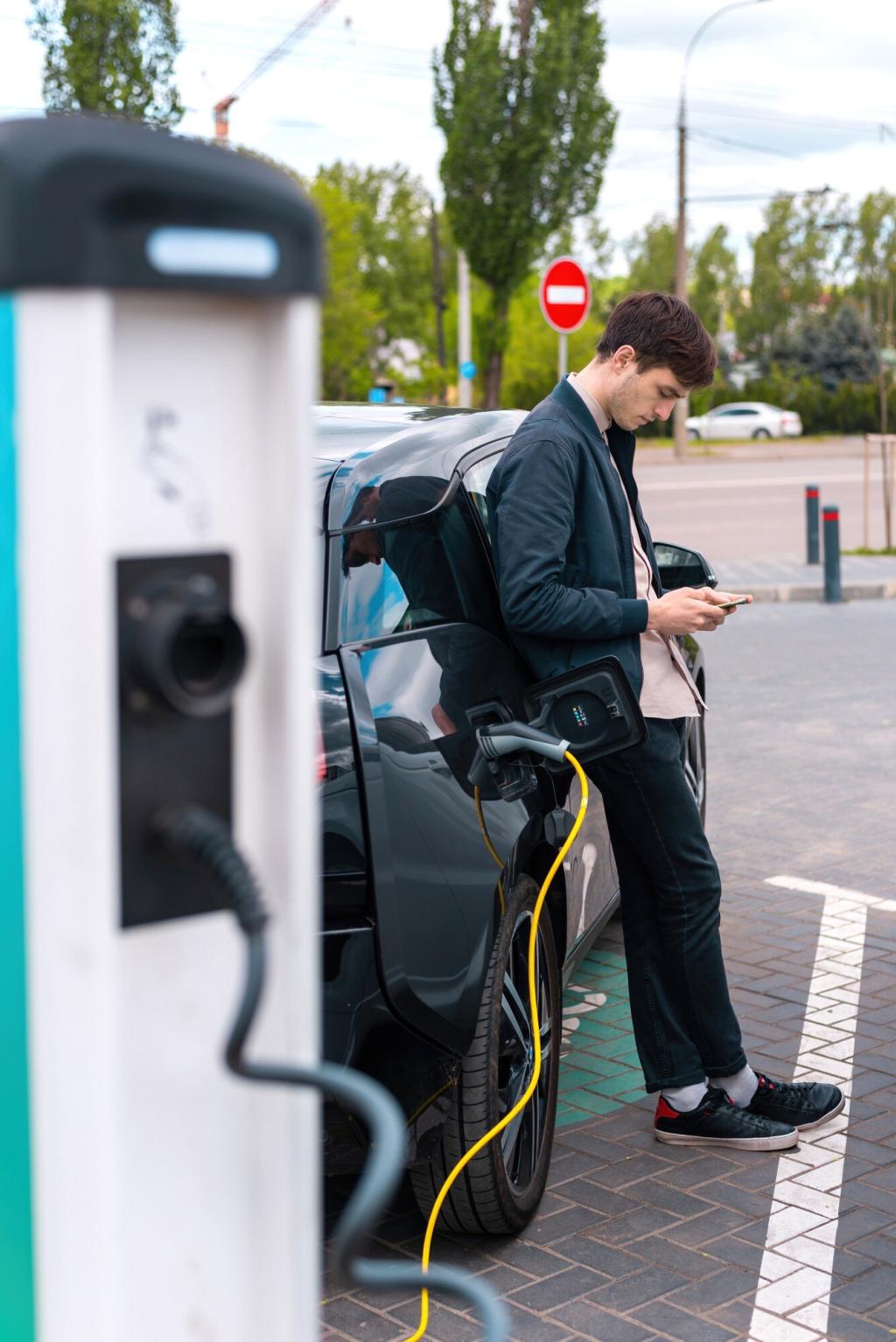The Small Business Playbook for Hosting Chargers
Start with electrical capacity, parking patterns, lighting, and restroom access. Then map nearby amenities and customer dwell time. A short checklist clarifies whether Level 2, fast charging, or a mix will best serve your community and business goals.
The Small Business Playbook for Hosting Chargers
Beyond charging fees, hosts see higher basket sizes and off-peak visits. Partnerships with local vendors, loyalty rewards, and tasteful on-screen promotions help convert charging minutes into memorable experiences that bring people back.
The Small Business Playbook for Hosting Chargers
Host weekend events, highlight local artists, or partner with schools for STEM demos on safe electricity use. Share your story online and invite feedback so drivers feel like neighbors, not strangers passing through a parking lot.

